Michael Lin (林明弘) strays from his usual floral motifs that cover entire gallery walls and buildings with his latest solo exhibition New Paradise (新樂園), held in Taipei’s Eslite Gallery. Instead, this series of paintings — made over the last 10 years during his residency in Shanghai — depicts consumer items such as the old logo for a pack of Taiwan’s New Paradise cigarettes (新樂園) or the packaging for Yunnan Puer Tea (雲南普洱茶). Lin, who has lived in Taiwan, France, Belgium, the US and China, considers both consumerism and locality in his work. Who are the types of people who purchase these items? How do these items that we consume contribute to our feelings of belonging or national identity?
■ Eslite Gallery (誠品畫廊), 5F, 11 Songgao Rd, Taipei City (台北市松高路11號5樓), tel: (02) 8789-3388. Open Tuesdays to Sundays from 11am to 7pm
■ Until Dec. 4
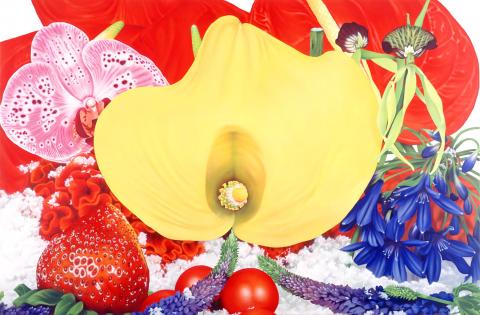
Photo courtesy of Art Issue Projects
Currently on display at MOCA is Polymerization & Multiply (聚合與繁衍). The joint exhibition features the works of video artists Robert Seidel and Max Hattler from Germany and Matt Abbiss from the UK. Seidel’s “moving paintings” — blotches of neon paint swimming against a black backdrop — are created through a series of scientific processes. Deriving inspiration from early 20th-century visual music experiments, Hattler plays with both sound and imagery, the result of which is kaleidoscope-like images bopping, morphing and changing form to various beats. Abiss’s work is somewhat less abstract. The pop culture junkie had a career as a cartoonist before delving into animation and his cute and quirky comics still feature in his animated clips.
■ Museum of Contemporary Art, Taipei (台北當代藝術館, MOCA, Taipei), 39 Changan W Rd, Taipei City (台北市長安西路39號), tel: (02) 2552-3720. Open Tuesdays to Sundays from 10am to 6pm
■ Until Dec. 4
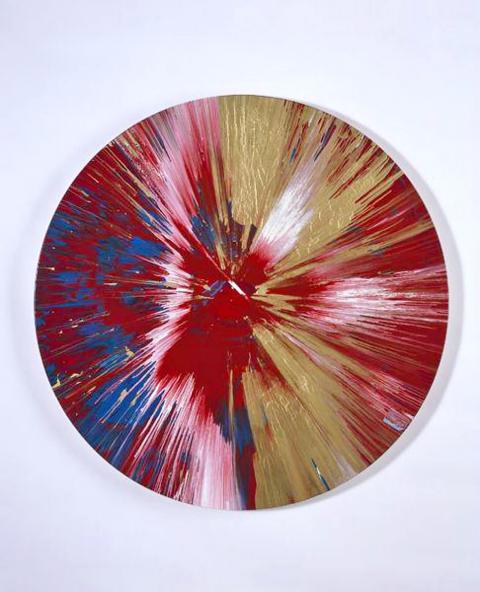
Photo courtesy of Art Issue Projects
Chiu Chen-hung (邱承宏) makes use of the natural environment surrounding the Xindian River by Treasure Hill Artist Village for his latest exhibition. Named after the fast-growing weed, Mile-a-Minute Weed (河流砂) is a series of installations that explores the entangled relationship between humans and nature, as well as narrative structures — in particular, historical narratives. Native to Central America, the plant was introduced to Asia during World War II for the purpose of camouflaging airfield hangers. Chiu looks back at the history of Treasure Hill, most notably its use as a military base and how its inhabitants would later rebuild their lives there.
■ Treasure Hill Artist Village (寶藏巖國際藝術村), 2, Ally 14, Ln 230, Dingzhou Rd Sec 3, Taipei City (台北市汀州路三段230巷14弄2號), tel: (02) 2364-5313. Open Tuesdays to Sundays from 11am to 6pm
■ Until Dec. 4
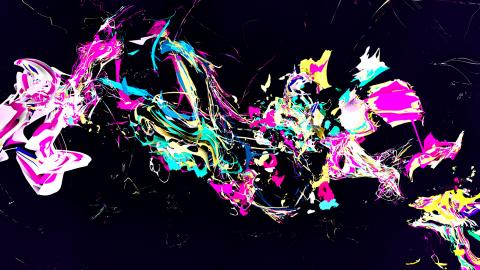
Photo courtesy of MOCA
The Parisian-born Ivan Gros has lived a nomadic life, moving from France and Spain to Saudi Arabia and eventually to Taiwan in 2009 to study Chinese and teach French. His prints, inspired by his travels around the world, are on display at printmaking shop MBMore. 33 Tours (三十三座塔) includes a collection of Gros’ prints made during his time in Taiwan — mostly everyday depictions of people and families in scenes ranging from parks to construction sites, as well as iconic places like the hot springs in Taipei’s Beitou District (北投) and beaches on Orchid Island.
■ MBMore (岩筆模), 275, Nanjing W Rd, Taipei City (台北市南京西路275號), tel: (02) 2558-3395. Open Tuesday to Sundays from 11am to 7pm
■ Until Dec. 18

Photo courtesy of MBMore
On display at Art Issue Projects is Innercode vs Intercode (存在關係), a stellar lineup of works including Damien Hirst’s morbid sculptures, Marc Quinn’s psychedelic and suggestive paintings and South Korean artist Lee U-fan’s minimalistic-style paintings of blue lines. Lee was one of the pivotal figures in the development of the monochrome painting movement beginning in South Korea in the 1970s. The artistic style arose out of a need to reinterpret contemporary Western art through the lens of Korea’s own history and culture. The exhibition’s title alludes to a need to look deep within ourselves (“inner”), but also to see connections between ourselves and others and among different cultures (“inter).
■ Art Issue Projects (藝術計劃), 32, Ln 407, Tiding Blvd Sec 2, Taipei City (台北市堤頂大道二段407巷32號), tel: (02) 2659-7737. Open Tuesdays to Sundays from 11am to 6pm
■ Until Dec. 31

Photo courtesy of MBMore
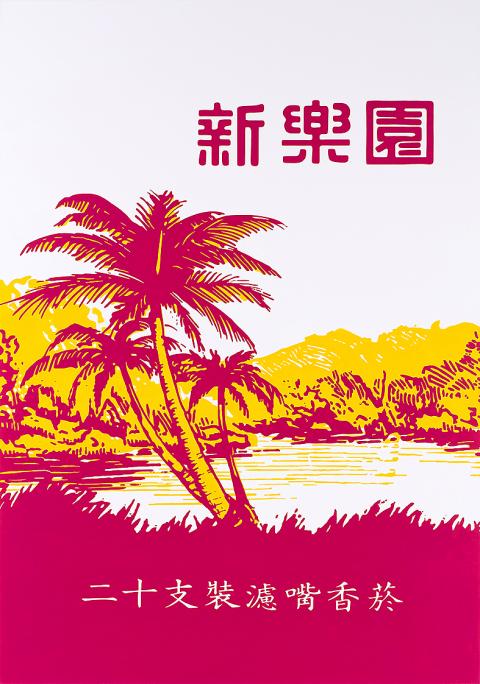
Photo courtesy of Eslite Gallery
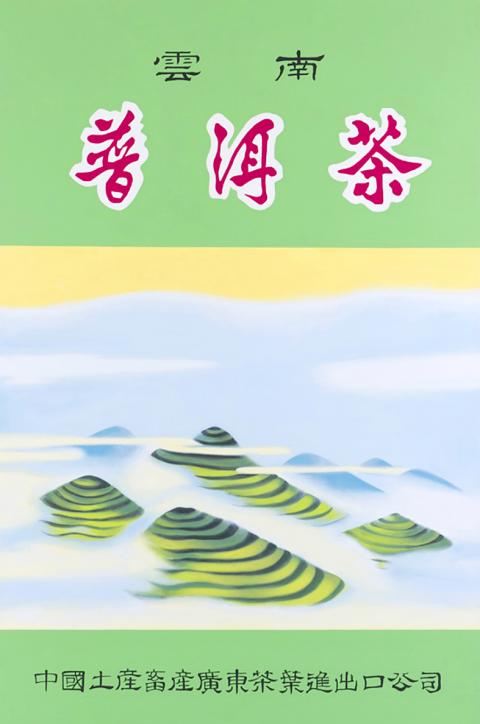
Photo courtesy of Eslite Gallery

That US assistance was a model for Taiwan’s spectacular development success was early recognized by policymakers and analysts. In a report to the US Congress for the fiscal year 1962, former President John F. Kennedy noted Taiwan’s “rapid economic growth,” was “producing a substantial net gain in living.” Kennedy had a stake in Taiwan’s achievements and the US’ official development assistance (ODA) in general: In September 1961, his entreaty to make the 1960s a “decade of development,” and an accompanying proposal for dedicated legislation to this end, had been formalized by congressional passage of the Foreign Assistance Act. Two

Despite the intense sunshine, we were hardly breaking a sweat as we cruised along the flat, dedicated bike lane, well protected from the heat by a canopy of trees. The electric assist on the bikes likely made a difference, too. Far removed from the bustle and noise of the Taichung traffic, we admired the serene rural scenery, making our way over rivers, alongside rice paddies and through pear orchards. Our route for the day covered two bike paths that connect in Fengyuan District (豐原) and are best done together. The Hou-Feng Bike Path (后豐鐵馬道) runs southward from Houli District (后里) while the

March 31 to April 6 On May 13, 1950, National Taiwan University Hospital otolaryngologist Su You-peng (蘇友鵬) was summoned to the director’s office. He thought someone had complained about him practicing the violin at night, but when he entered the room, he knew something was terribly wrong. He saw several burly men who appeared to be government secret agents, and three other resident doctors: internist Hsu Chiang (許強), dermatologist Hu Pao-chen (胡寶珍) and ophthalmologist Hu Hsin-lin (胡鑫麟). They were handcuffed, herded onto two jeeps and taken to the Secrecy Bureau (保密局) for questioning. Su was still in his doctor’s robes at

Mirror mirror on the wall, what’s the fairest Disney live-action remake of them all? Wait, mirror. Hold on a second. Maybe choosing from the likes of Alice in Wonderland (2010), Mulan (2020) and The Lion King (2019) isn’t such a good idea. Mirror, on second thought, what’s on Netflix? Even the most devoted fans would have to acknowledge that these have not been the most illustrious illustrations of Disney magic. At their best (Pete’s Dragon? Cinderella?) they breathe life into old classics that could use a little updating. At their worst, well, blue Will Smith. Given the rapacious rate of remakes in modern